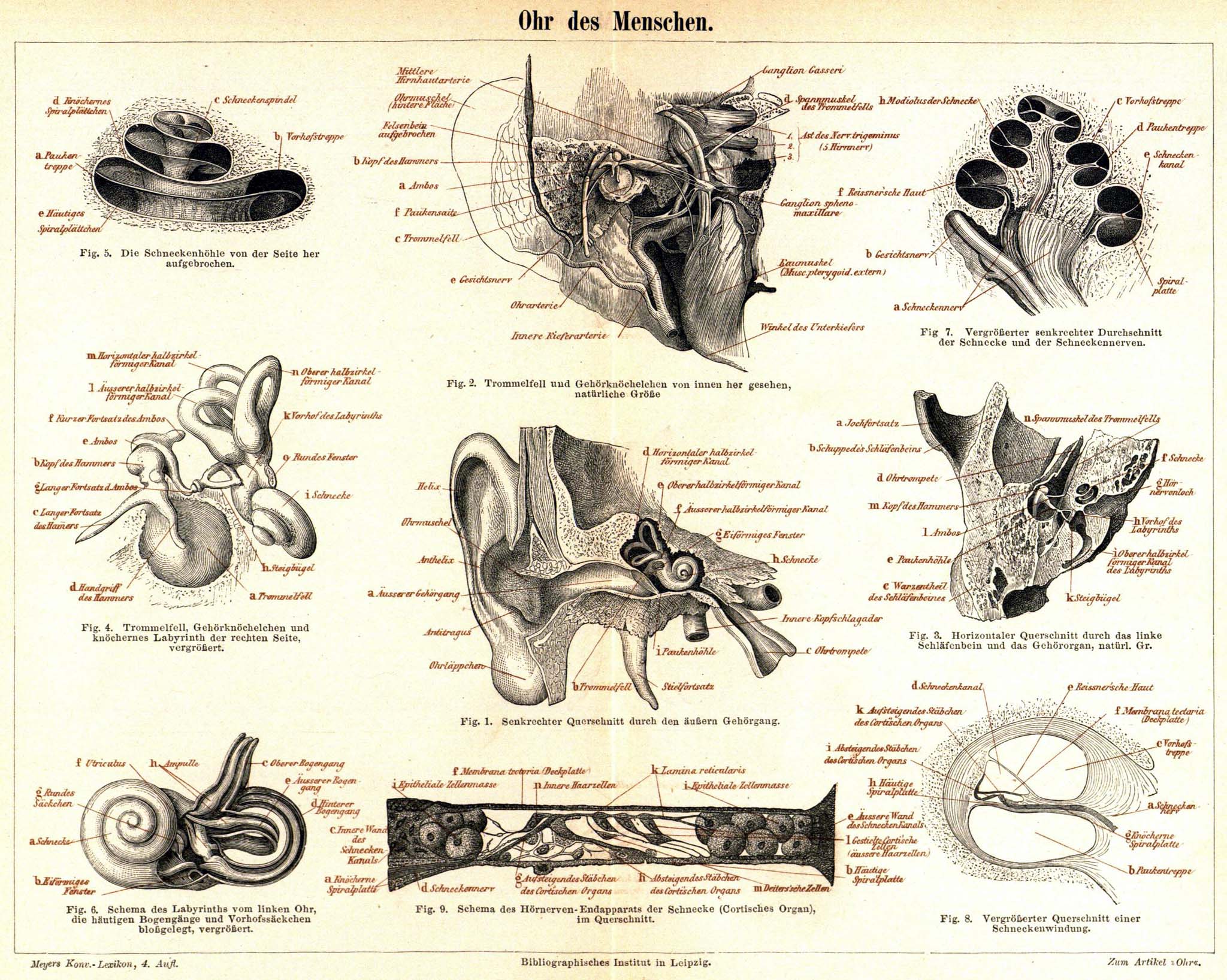Call for papers: Glissando #33
Glissando, a magazine about contemporary music, would like to invite you to submit abstracts (up to 2,000 characters) and, after acceptance, articles (up to 40,000 characters) about corporeality.
Abstract deadline: 1.10.2017
Article deadline: 19.11.2017
Address: ismelczynska@gmail.com
Commissioning editor: Izabela Smelczyńska
Issue topic: corporeality
There would be no sound without body. The body finds itself on both ends of traditional musical communication: gestures evoke sounds from objects (even if only by creating objects which generate sounds automatically), while the organism receives waves travelling through space and interprets them as sounds. Since silence is a social construct, the presence of bodies results in its opposite. Meanwhile, the prevailing discourse still typically interprets music and sound as abstract categories, disregarding all parts of the perceiving bodies – except for their ears. As a result other sensory inputs, as well as extra-aural and non-normative modes of hearing, are discarded. This approach seems archaic in an era of easy transformation of audial information into visual, textual and haptic signals. This is why the 33rd issue of Glissando will deal with the topic of “different hearing”: the body’s behavioral reactions to sounds and “whole body” reception of acoustic waves. We are interested in the increasingly popular meditational practices based on vibrations and the influence of sound on human health.
In this issue we will investigate the trends that can be observed both within the walls of cultural institutions and concert halls, as well as on independents stages, in low-key workshop rooms and in clubs.
We will discuss the festivals and events which problematize the corporeality of contemporary music by relating it to “corporeal” performative arts. We are interested in the question of corporeal performative practices of contemporary music associated with the so-called extended instrumental techniques, both in relation to the newest pieces and the flagship compositions of new music. We also welcome articles about past eras and periods of music, as well as those about different genres.
We will try to reflect upon the perception of instruments as metaphorical extensions of the body, but also treat the metaphor literally and investigate the conditions that a “body” must meet in order to perform music. We are also interested in the changes of the sound-body relationship within the context of contemporary technological progress.
We would like the 33rd issue of Glissando to include topics which the worlds of music and sound art often treat with ignorance and hypocrisy. If our body is an instrument, then why can’t we talk about it freely? Does new music provide a space for open discussion of sex and eroticism?
We invite you to contribute to our issue devoted to corporeality.



